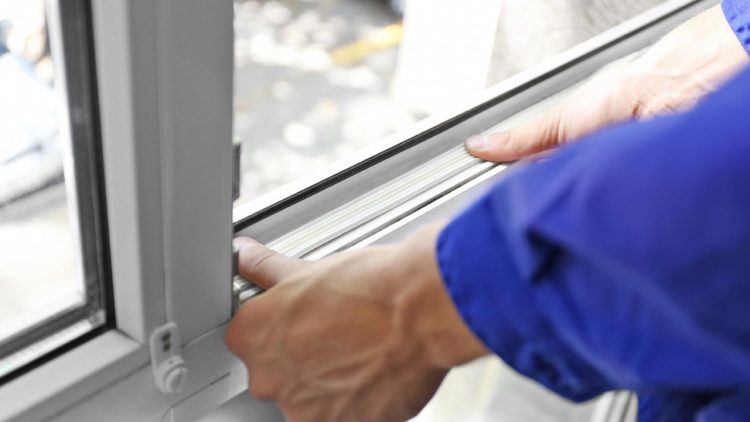How to Detect Air Leaks In Your Home
Don’t let warm air from your furnace go to waste this winter! Learn how to detect air leaks in your home.
Perform a Visual Inspection
Some of the most common places you’ll find air leaks are in the gaps around doors and windows and any areas where two different building materials meet. If you are able to rattle any of your doors or windows, or see light through the frames, there is likely an air leak occurring. Find big cracks by shining a flashlight over potential leak areas. Have someone stand outside the home to check if any rays of light pass through.
Additionally, check the following commonly missed areas for signs of air leakage:
– Outdoor water faucets
– Exterior corners
– Electrical outlets
– Switch plates
– Cable TV and phone lines
– Baseboards
– Attic hatches
– Wall or window mounted air conditioners
– Mail slots
– Dryer vents
Conduct Your Own Tests
You can conduct your own basic building pressurization test on a cool, windy day to make leaks and cracks easier to detect.
1. Begin by turning off all appliances that perform combustion functions (furnaces, water heaters, etc.). Shut all windows, exterior doors, and fireplace flues.
2. Turn on all exhaust fans that blow air to the outside of your house (dryer, bathroom fans, stove fans).
3. Light an incense stick and pass around the edges of common or suspected leak sites. If smoke wavers or is moved around, there is likely a leak.
Another easy test to try is the dollar bill test. Shut a window or door on a dollar bill. If the dollar bill slides out easily without dragging, you’re likely losing energy through that area.
Call in the Pros
Having problems finding the less obvious sources of air leaks? Hire a Home Energy Professionals (HEP) Certifications Energy Auditor to perform a thorough home energy audit. A professional home energy audit will provide you with a detailed assessment of your home’s energy usage, including a room-by-room examination and a blower door test. The blower door test works by depressurizing your home and revealing the location of air leaks. The energy audit can also point out which areas of your home need more insulation.
If you find that you’ve identified and fixed all of the leaks in your home, but your furnace just isn’t doing the job – give us a call! It may be a great time to replace your existing system with a new, energy-efficient heating system from our top manufacturers like Carrier. We offer 100% FREE replacement quotes to help determine the best furnace for your home. Call Columbia Heating and Cooling today to get started.

